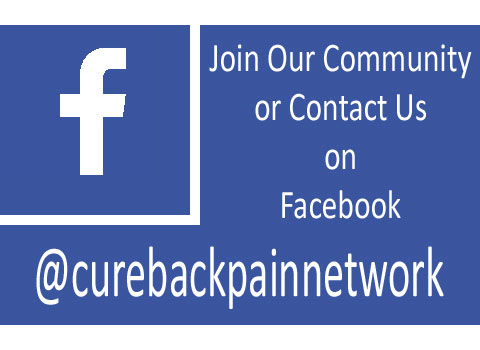
Ankylosed sacroiliac joints have become naturally fused and often suffer other related symptoms, such as stiffness, pain, weakening of the joint, growth of bony outcroppings and susceptibility to fracture. Ankylosing spondylitis is well known to begin its anatomical assault on the body in the substance of the sacroiliac joint. This is the location most often reported as the site of initial symptomatic activity leading to diagnosis of the condition.
Ankylosing spondylitis is an autoimmune disorder that is still largely misunderstood by medical science. Some breakthroughs have been made in explaining where the disorder comes from, as well as how to best treat it once it is present in the body. However, there remains much controversy in the healthcare sector about the true nature of AS and how it should be managed medically.
This discussion covers the topic of ankylosing spondylitis in the sacroiliac joint. We will explore the origins of the condition from anatomical and mindbody perspectives, as well as detailing how its underlying cause can help to direct effective treatment.
Ankylosed Sacroiliac Anatomical Causes
Ankylosing spondylitis is an autoimmune disease that is closely related to rheumatoid arthritis. Alternative names for the condition include rheumatoid spondylitis and Marie-Strümpell disease, although these are seldom used in the modern medical treatment industry.
AS is a systemic disease that often shows its first severe symptoms in the sacroiliac joint. It most commonly spreads to the spine, the hips and other major bodily joints, as well as having the potential to affect the lungs, eyes, heart or kidneys.
Doctors have focused on a particular gene that is present in most people who demonstrate ankylosing spondylitis. This gene, called HLA-B27, is present in the vast majority of people who develop symptomatic AS. However some diagnosed patients do not have the gene, while many people who do have it do not ever develop ankylosing spondylitis. This makes for much debate among doctors who study rheumatoid spondylitis and related diseases.
Sacroiliac Ankylosis Mindbody Link
Many mindbody medicine doctors have theorized that as an autoimmune disease, ankylosing spondylitis is likely caused by the mindbody processes. In this regard, the disease is regulated by the immune system, much in the same manner as ischemic pain is regulated by the circulatory system. The symptoms are used to distract the consciousness from repressed and suppressed psychoemotional issues that are always seeking conscious recognition.
Although this theory of causation remains controversial, much research has linked AS and rheumatoid arthritis to the subconscious mind and the idea of mindbody causation makes the most sense when considering the way the condition may or may not progress, as well as why it sometimes completely goes into remission, even when no medical care is provided. Additionally, patients who have utilized knowledge therapy tend to fare much better than patients who go the pharmaceutical treatment route.
Ankylosed Sacroiliac Therapy Paths
Traditional treatment of ankylosing spondylitis is usually a multi-disciplinary endeavor, with patients receiving physical therapy and a cocktail of powerful drugs to reduce pain, inflammation and the propagation of the disorder throughout the body. Although exercise might be painful for people with spondylitis, it is almost universally considered a crucial aspect of therapy, since moving the body tends to ward off natural fusions that tend to affect frozen joints with time and inactivity.
For patients who embrace the possibly of mindbody contribution to their autoimmune suffering, the implementation of knowledge therapy is advised. Research shows excellent results using traditional knowledge therapy practices in spondylitis patients, with a substantial number of patients going into remission, a substantial number halting the progression of the disease and many simply reporting far less severe symptoms. Doctors must be wary of suggesting psychogenic causation of AS, since most patients are not open to the idea and might be insulted at the mere inference. This is a shame, since in these cases, patients would rather suffer needlessly instead of trying an alternative form of care that has been proven to work for many of their peers.
Sacroiliac Joint Pain > Sacroiliitis > Ankylosed Sacroiliac





